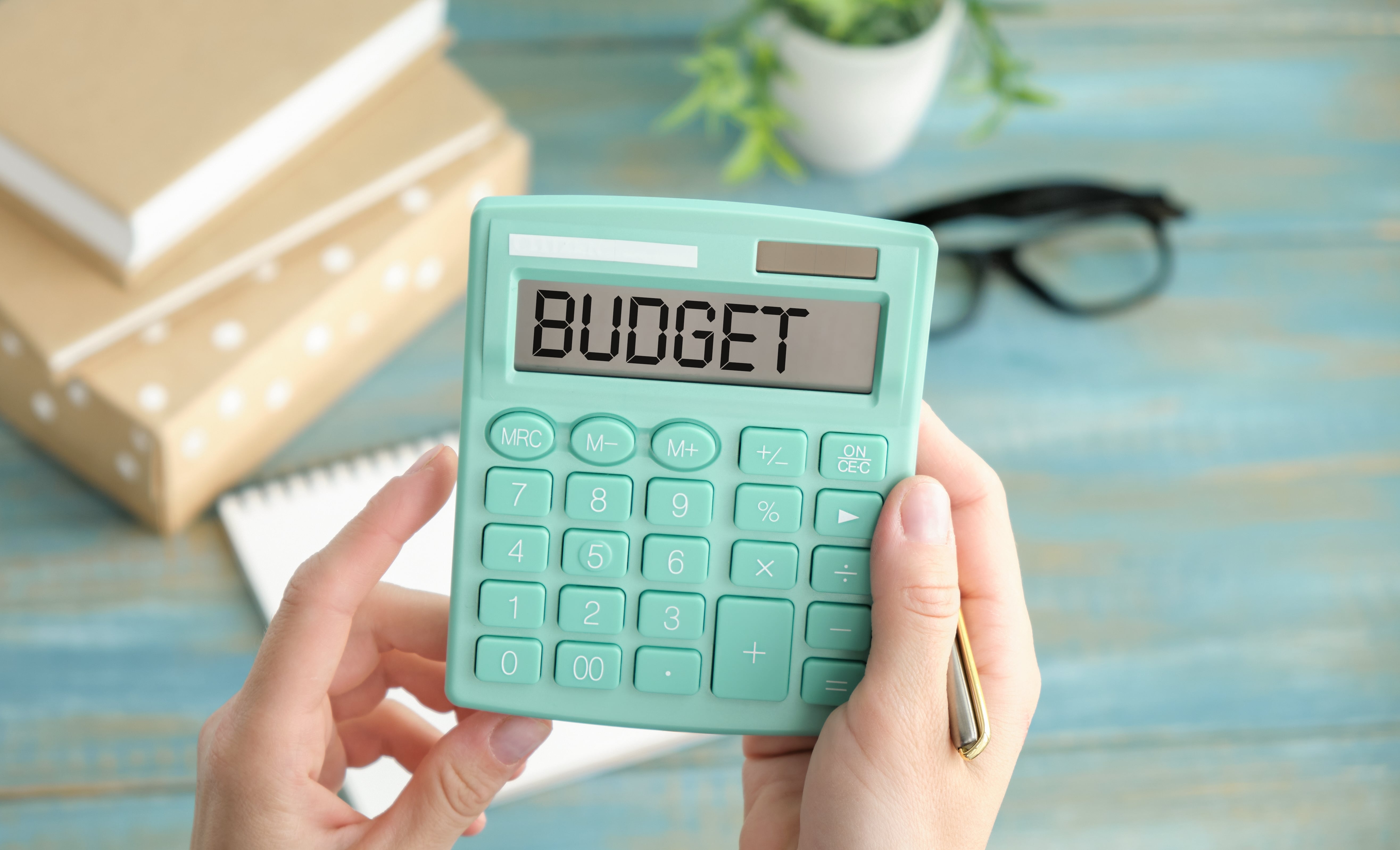Let’s be honest. The majority of Americans — 60% — don’t know how much money they spend in a month. They also have little idea where their money goes. Yes, taxes and other deductions take a chunk right off the top of their paychecks, but the rest
seems to just slip through our fingers without a trace. If this sounds familiar, know that it’s not just you. Thankfully, there is a way out of this financial fog, into a space where you control your hard-earned money.
It’s called a budget. And you need one. Here’s how to make it happen:
Figure Out What You Want
First, spend some time thinking about what you want to do financially in the next six months or a year. Would you like to start or build up your emergency fund? Maybe pay off some credit card debt? Or perhaps you just want to grow your savings. No matter your goals, make them specific, set a time-frame for each one, prioritize which are most important, and write them down.
For example, if you want to bulk up your emergency fund to a full six months’ worth of living expenses, run some numbers to see how much your basic necessities set you back each month. We’re talking rent, utilities, health insurance, groceries and transportation if you need to travel for your job. Once you have
that number, multiply it by six. Then, figure out how much you can set aside monthly to achieve that goal. It may take a while, and that’s understandable. Even slow progress is progress!
Track Your Spending
There are online tools that can help with tracking. For example, there’s You Need A Budget (YNAB), Copilot Money, Monarch Money and many others. Most have a small monthly fee. You can also track your spending for free using pen and paper, or a simple spreadsheet. If you’re starting a budget from scratch, start by gathering two or three months of your financial data to get a true understanding of your personal spending patterns. That means everything including credit card bills, statements from your financial institution, and even your Venmo transactions. If tracking endlessly seems daunting, we know from practice that even a month of real-time tracking can be enough to raise your awareness to a take-action level.
Once you have everything together, it’s time to make adjustments. Where could you spend less? Are there areas where you spend a lot less? After you’ve identified the
amount you think you can save in total month, divide by four then schedule a weekly transfer out of your checking account and into savings to make it happen.
Automate To Help Yourself Succeed
Changing our money habits can be difficult. This is why automating — scheduling electronic transfers of money into savings, for example — can serve as a helpful guardrail. But don’t stop with automation. If you want to make sure you’re saving in 529 college savings accounts, IRAs and other retirement accounts, or a Health Savings Account, automate transfers into those accounts, too. And, consider putting certain bills on auto- pay as well. Think of it like insurance against paying late.
We know some people can feel like a budget is as restrictive as a crash diet. It may help to think about your budget as a map to where you want your money to take you long term.
Making Up Your Mind Is The Most Important Move
Although making sure that all of the pieces of your budget fall into place eventually is important — the most important thing is changing your mind. By deciding that you’re going to get your finances and your budget under control, you’ve taken one big step toward financial security. You’ve got this!
